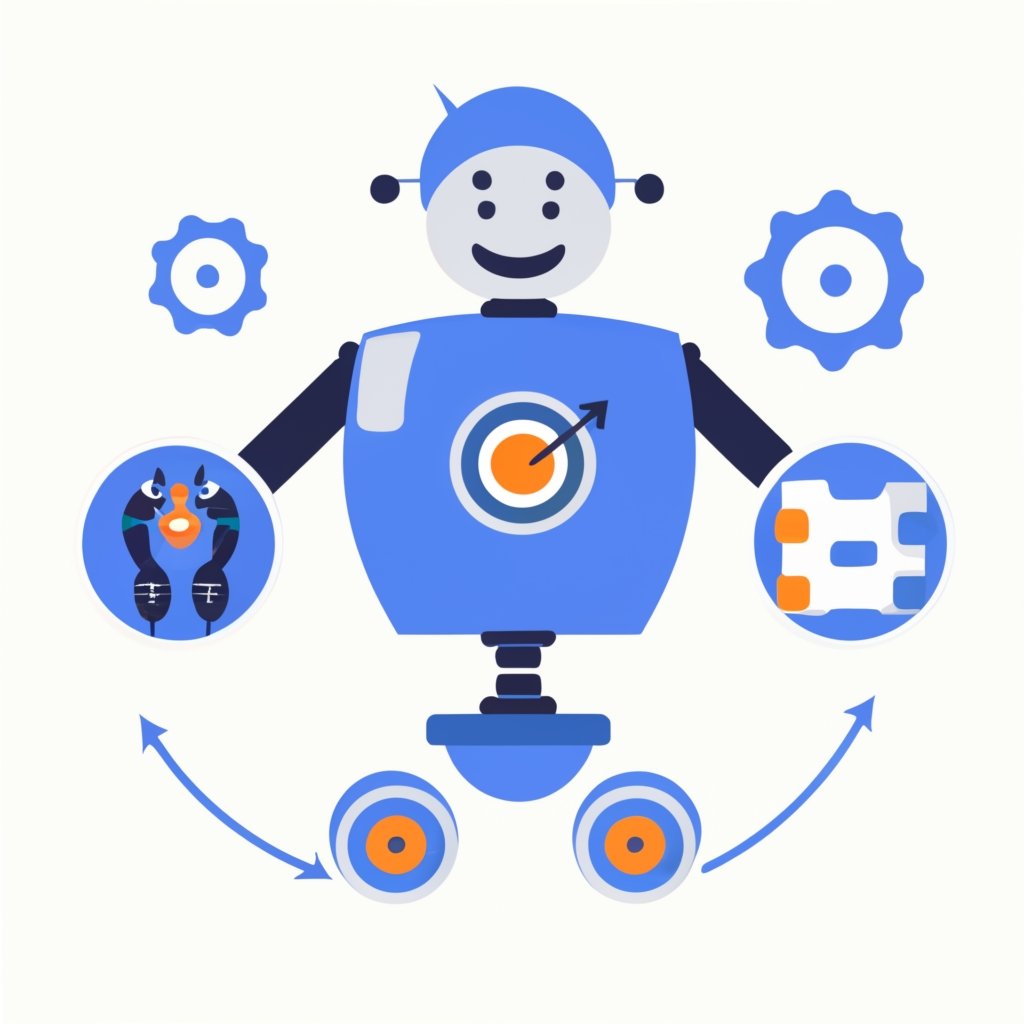
Artificial Intelligence (AI) has revolutionized various aspects of our lives, from personalized recommendations on streaming platforms to autonomous vehicles. Behind the scenes, these advancements are powered by different types of AI models that enable machines to process information, make decisions, and learn from data. In this article, we will delve into the different types of AI models, including rule-based systems, expert systems, neural networks, and more. By understanding their unique characteristics and applications, we can gain a comprehensive overview of the various AI model types.
1. Rule-Based Systems:
Rule-based systems, also known as expert systems, operate on a set of predefined rules that are derived from human expertise. These rules are represented as if-then statements, where specific conditions trigger certain actions. For example, a medical diagnosis system might use rules like “if the patient has a fever and a sore throat, then they might have a common cold.” Rule-based systems excel in domains where expert knowledge is available and can provide accurate and interpretable outputs.
2. Expert Systems:
Expert systems are a subset of rule-based systems that mimic human expertise in a specific domain. These systems utilize a knowledge base, which contains the expert knowledge and a reasoning engine to apply that knowledge to solve complex problems. Expert systems can be used in various fields, such as medicine, finance, and engineering. For instance, an expert system in finance can provide recommendations for investments based on predefined rules and market analysis.
3. Neural Networks:
Neural networks are a type of AI model inspired by the structure and functionality of the human brain. These models consist of interconnected nodes, called neurons, organized in layers. Each neuron performs simple computations and passes the results to the next layer. By adjusting the connections between neurons, neural networks can learn patterns and correlations in data. They are commonly used in image and speech recognition, natural language processing, and recommendation systems. For example, convolutional neural networks (CNNs) excel at image classification tasks, whereas recurrent neural networks (RNNs) are suitable for sequence-related tasks like language translation.
4. Machine Learning Models:
Machine learning models are a subset of AI models that use algorithms to learn patterns and make predictions from data. Decision trees, random forests, and support vector machines are commonly used machine learning models. Decision trees are flowchart-like structures that make decisions based on the values of input features, while random forests combine multiple decision trees to enhance prediction accuracy. Support vector machines, on the other hand, define a hyperplane that separates different classes in input data. Additionally, deep learning models, such as convolutional neural networks and recurrent neural networks, are a powerful subset of machine learning models that can learn hierarchical representations and process complex patterns.
In conclusion, AI models come in various forms, each with its unique characteristics and applications. Rule-based systems and expert systems derive knowledge from human expertise, utilizing predefined rules to solve problems accurately. Neural networks mimic the structure and functionality of the human brain, enabling machines to learn patterns and correlations. Machine learning models, including decision trees, random forests, support vector machines, and deep learning models, learn from data to make predictions and solve complex problems. By understanding these different types of AI models, we can harness their potential and create innovative solutions across multiple industries.